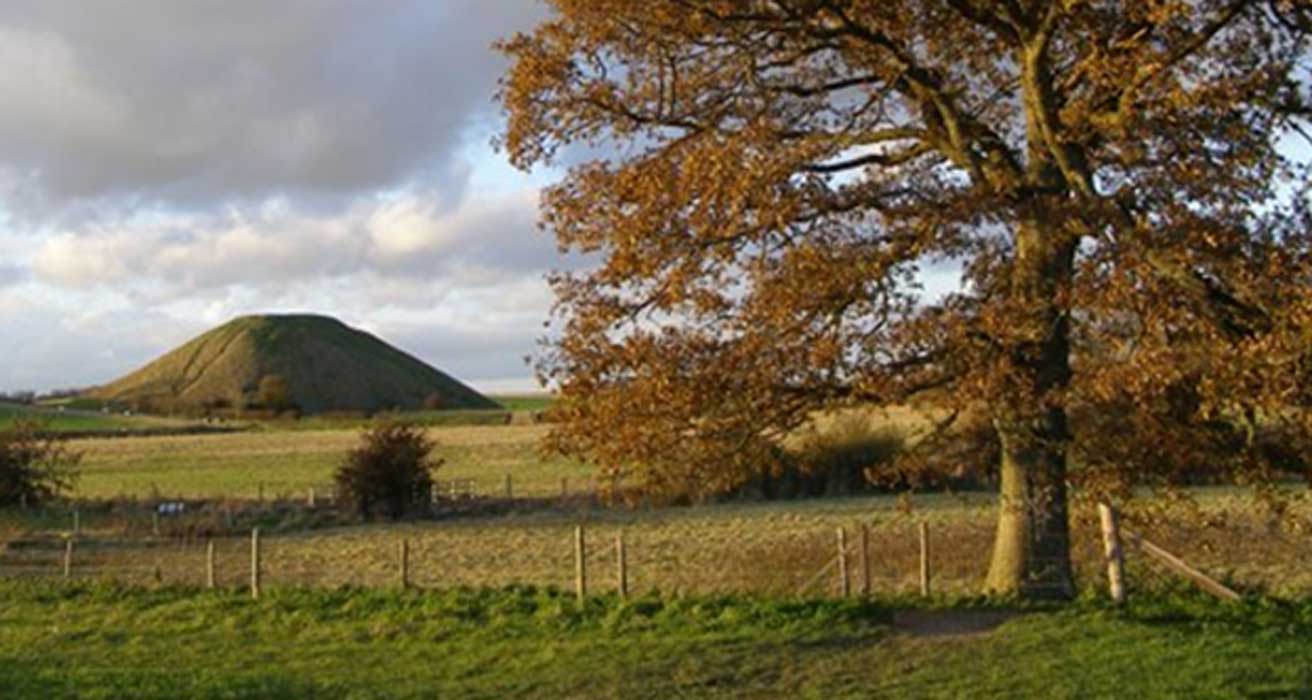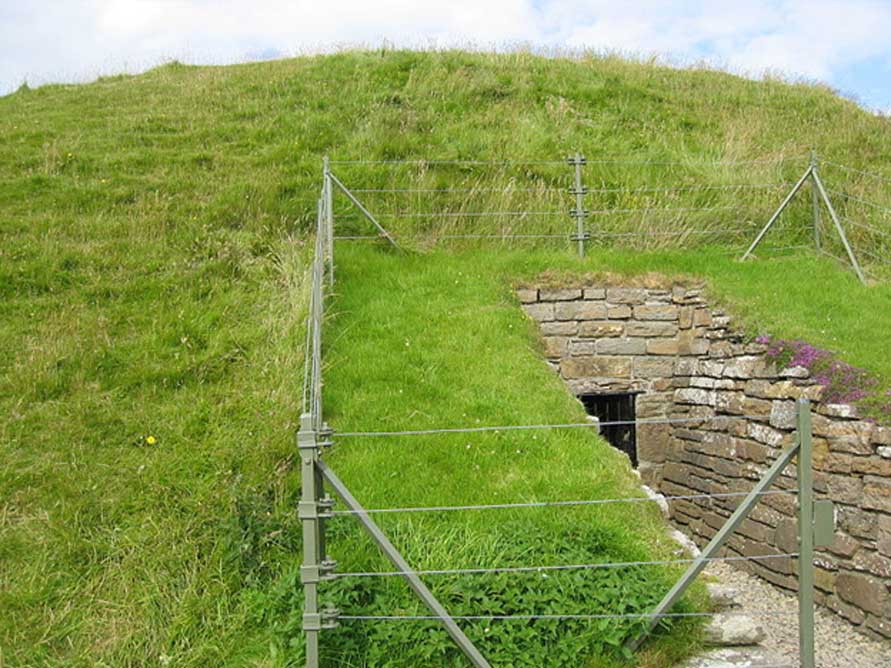
The Mythologized Legacy of the North American Mounds
Ancient landscapes the world over were once encrusted with earthen mounds, variously called cairns, tumulus, barrows, burial mounds and kurgans. In England, Silbury Hill near Avebury in the English county of Wiltshire, is a prehistoric artificial chalk mound covering about 5 acres (2 hectares) with a base diameter of 548 feet (167 meters). At 131 feet (40 meters) high, it was constructed in several stages between 2400 to 2300 BC and is the tallest prehistoric man-made mound in Europe.

Entrance to Maes Howe in Scotland (Public Domain)
In Scotland, the first crude earthen burial mounds, called cairns, appeared about 5000 BC and by 2800 BC Neolithic super-structures like Maes Howe Neolithic chambered cairn and passage grave on Mainland Orkney, Scotland, marked the apex of megalithic construction. As central components in the religious, ceremonial and burial functions of social elites, in Orkney, every year on the winter solstice the last light of the setting sun illuminates the inner chamber at Maes Howe; testimony to the astro-building skills of the ancient engineers.
North American Mounds
When Scotland was buried beneath a massive glacier, throughout what today are the continental United States and Canada, stone cairns were built by indigenous peoples over 12,000 years ago. Natives of northern Canada, Alaska and Greenland built stone cairns called inuksuit and inunnguat, which functioned as directional markers and in this tradition an inuksuk features on the flag of the Canadian far-north-eastern territory, Nunavut.

The official flag of Nunavut features a red inuksuk and a blue star, which represents the Niqirtsuituq, the North Star. Public Domain.
In 1848, the Smithsonian Institute published Ancient Monuments of the Mississippi Valley which stated that the mounds were: “typically flat-topped pyramids or platforms and flat-topped or rounded cones, with elongated ridges.” They were built in the Archaic period, Woodland period (Adena and Hopewell cultures) and Mississippian period, from 3500 BC right up to the 16th century AD and they are concentrated around the Great Lakes, the Ohio River Valley and the Mississippi River valley.
As in Europe, evidence suggests mounds in the Eastern United States were early statements of socio-political complexity built by highly-organized societies; thousands of workers had to dig up tons of earth with hand tools, while a social infrastructure must have existed to make the tools and to have clothed and fed the builders.
The Tallest and Oldest North American Mounds
The largest pre-Columbian earthwork north of Mexico is ‘Monks Mound,’ situated in the ancient city of Cahokia, directly across the Mississippi River from modern St. Louis, Missouri. This sprawling urban settlement was built between 1150 and 1350 AD and housed about 30,000 people. Covering over six square miles (16 kilometers2) it featured over: “120 manmade earthen mounds in a wide range of sizes, shapes, and functions,” of which only 80 remain today.




